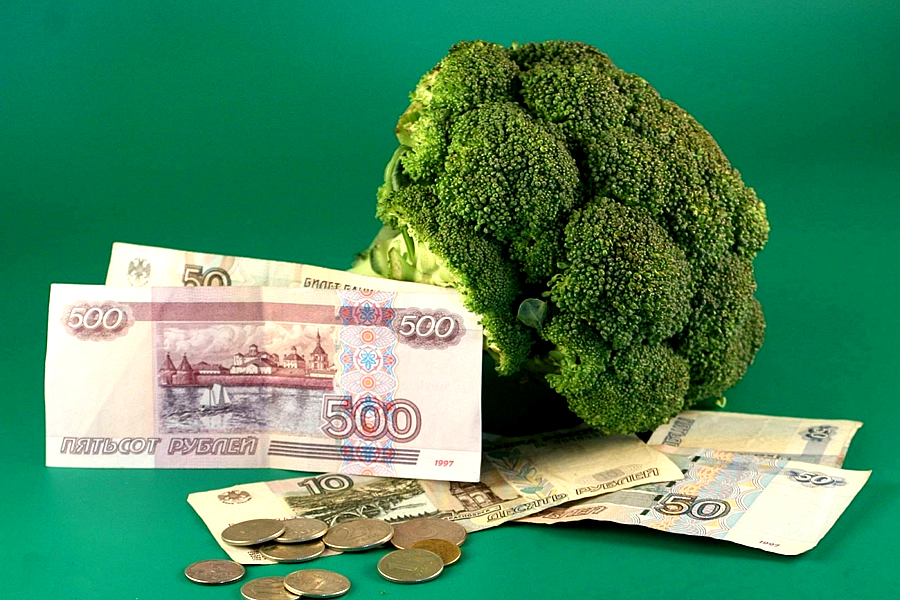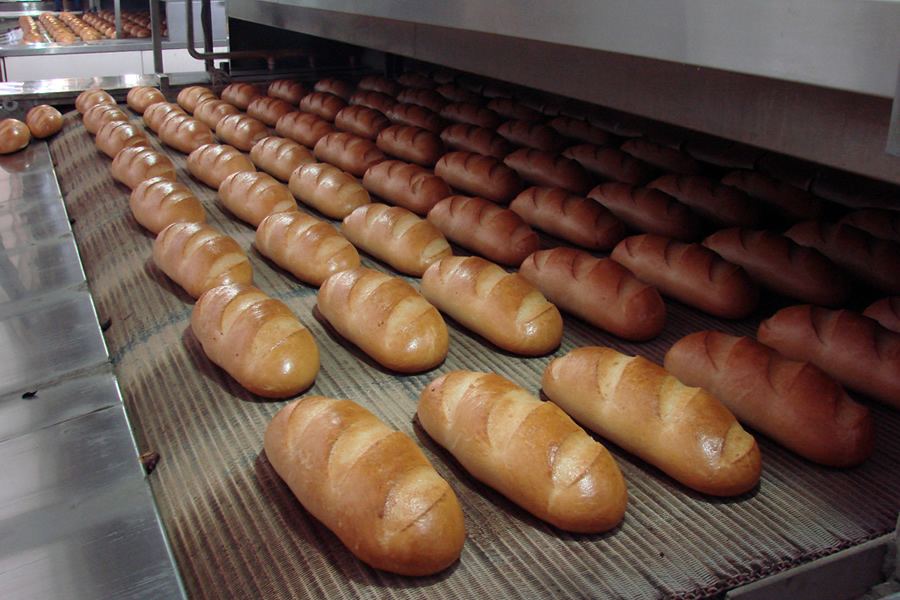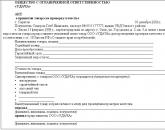How to correctly calculate the cost of finished products
Successful running of your own business depends on many factors, one of the most important of which is a rational and reasonable pricing policy. In order to correctly set a cost-effective and competitive price for a product or service provided, one should start from such an indicator as the cost of the product.
The main reasons for an objective assessment of the cost of production are:
- the need to form an adequate wholesale or retail price of finished products;
- study of the profitability of goods (services), as well as production in general;
- implementation of internal cost accounting;
- the need for effective strategic planning of further production and economic activities of the enterprise in order to optimize it;
- the need to derive accurate data for more global economic research (for example, calculating the income of a region or country as a whole).
The cost of a product is derived by taking into account the costs associated with its manufacture and subsequent sale, and involves the implementation of an objective comprehensive assessment of the labor and financial resources of the company, the quality and efficiency of employees and other components of production and economic activity. It should be noted that the amount of profit is inversely related to the cost of goods or services. Therefore, an increase in the cost indicator while maintaining the price of a certain product will inevitably lead to a loss of profits and a decrease in profitability as a whole.
Video tutorial on costing products
Effective ways to calculate the cost
There are several effective ways to calculate the cost of production. These include the classical method or the cost calculation method for a single unit of finished products, the comparative method based on the analysis of actual and standard cost, the step-by-step cost allocation method, and others. Consider the most effective ways in more detail.
The classic costing method involves the following steps:
- Monitoring of costs that change in accordance with the volume of production of each individual type of sold products and the derivation of variable costs associated with the purchase of materials (raw materials), components, the type of energy used, and remuneration of employees. These values are derivatives of the multiplication of the values of the cost rate of each of the elements and the cost of its acquisition.

- The second step when using this method is the summation of the costs related to the category "other expenses" and carried out during the study period. These include the cost of depreciation, repair of equipment and production facilities, etc., which are reflected, as a rule, in general business or general production estimates. After summing up the costs of basic and indirect costs, the resulting value is divided by the number of units of production.
Comparative method based on the analysis of standard and actual cost
When deriving the real cost of a product using this method, the pre-approved norms of expenses for the purchase of raw materials and wages of employees, as well as the actual costs incurred by the enterprise during the study period, are taken into account. After taking into account all types of costs, the actual cost is calculated.
The use of a fixed cost allows you to track emerging deviations, objectively calculate the effectiveness of all categories of costs and exercise quality control over the cost. However, the imperfect points of this system may be the distribution of indirect costs and the efficiency of the data used, which may differ in each individual batch of goods. The application of the accounting method, called "Standard-Cost", requires constant control over the adoption of managerial decisions regarding indirect costs.
The step-by-step method of cost allocation assumes compliance with an algorithm consisting of three main steps:
- Distribution of costs in accordance with their economic content (expenses for rent and maintenance of premises or land, personnel, transport, equipment, etc.). The accuracy of the result obtained will depend on the completeness of the list of expenses. As an example, when calculating personnel costs, not only employees' wages are taken into account, but also social benefits, training costs, transportation to the place of work, etc.

- Proportional transfer of the cost of resources to operations. At this stage, the cost of work performed by a certain category of employees is distributed among the operations that they perform in accordance with the number of man hours or machine time, if we are talking about equipment. After determining the cost of an employee or equipment working hour, as well as the number of units required for the functioning of the production process, you can display the cost of the resource and each specific operation separately.
- The third and final stage involves transferring the cost of operations to cost objects. So, for example, the cost of storage or transportation of products is allocated to the objects of expenses (the goods themselves) in accordance with the volumes to be stored or transported. As a result, we obtain the most accurate indicator of the cost of the product.
For each of the stages of the calculation, there is a rather complex formula with a large number of variables. The application of this method, known as "ABC", allows not only to accurately calculate the cost of the product, but also to identify indirect costs that can be avoided. This method of costing is justified, as a rule, only for large enterprises, because. is quite complex, time-consuming and costly.
Popular
- How to get a TIN: possible ways
- What kind of business can you do?
- Written notice of termination of the lease
- Business from scratch. Things to do?
- Cost of goods sold: formula, methodology and calculation example
- How to write a vacation application - examples
- What kind of business can be opened in a small town or village?
- The formula for calculating the cost of services, products sold and total cost
- Sample memorandum: I bring to your attention
- Example of an explanatory note for being late for work




